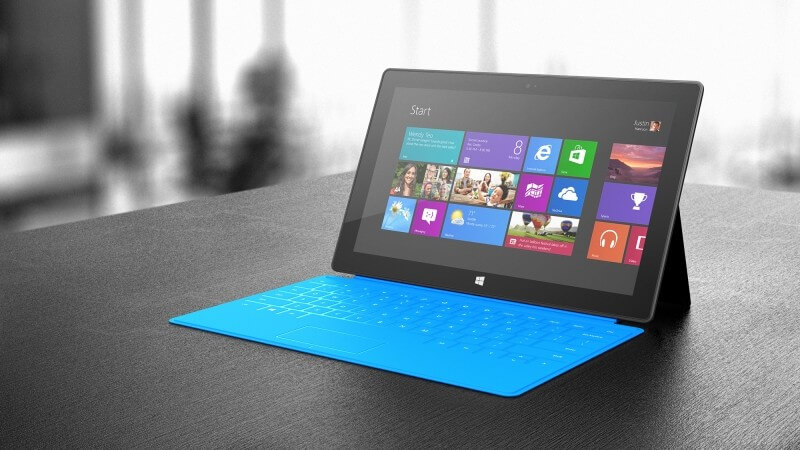Microsoft will be hoping it's a case of second time lucky after the company announced it is once again bringing the full Windows experience to ARM-powered devices. At its Windows Hardware Engineering conference in Shenzen, the Redmond firm said it has partnered with Qualcomm to bring Windows 10 to the next generation of Snapdragon mobile processors, probably referring to the Snapdragon 835.
Microsoft has tried this before with Windows RT - a version of Windows 8 designed to run on ARM hardware. It appeared on the Surface RT and Surface 2 but the OS turned out to be a flop and was killed off, partly because of its inability to run traditional desktop apps built using the WIN32 API.
This time, Microsoft will avoid the same situation by using emulation technology to offer a full, 64-bit Windows 10 experience running on Qualcomm processors. It will be able to run both Universal Windows Platform apps and regular Win32 desktop applications.
"For the first time ever, our customers will be able to experience the Windows they know with all the apps, peripherals and enterprise capabilities they require, on a truly mobile, power efficient, always-connected cellular PC," said Terry Myerson, executive vice president of Microsoft's Windows and Devices Group.
Industry sources say it was Microsoft that created the X86 hardware emulator, which attempts to minimize any CPU overhead by handling only CPU calls. The company said that instructions sent to any associated storage, I/O, or GPU are all handled natively by those components
Microsoft does, of course, make its Windows 10 Mobile OS for ARM-based products, but wants to bring the full operating system, along with all its productivity apps, to more mobile devices. Check out the video below of Windows 10 running Adobe Photoshop on a Snapdragon 820 device with 4GB.
Microsoft says these Windows 10 Snapdragon devices could arrive as early as next year. The big question, however, is what this could mean for the long-rumored Surface Phone.
